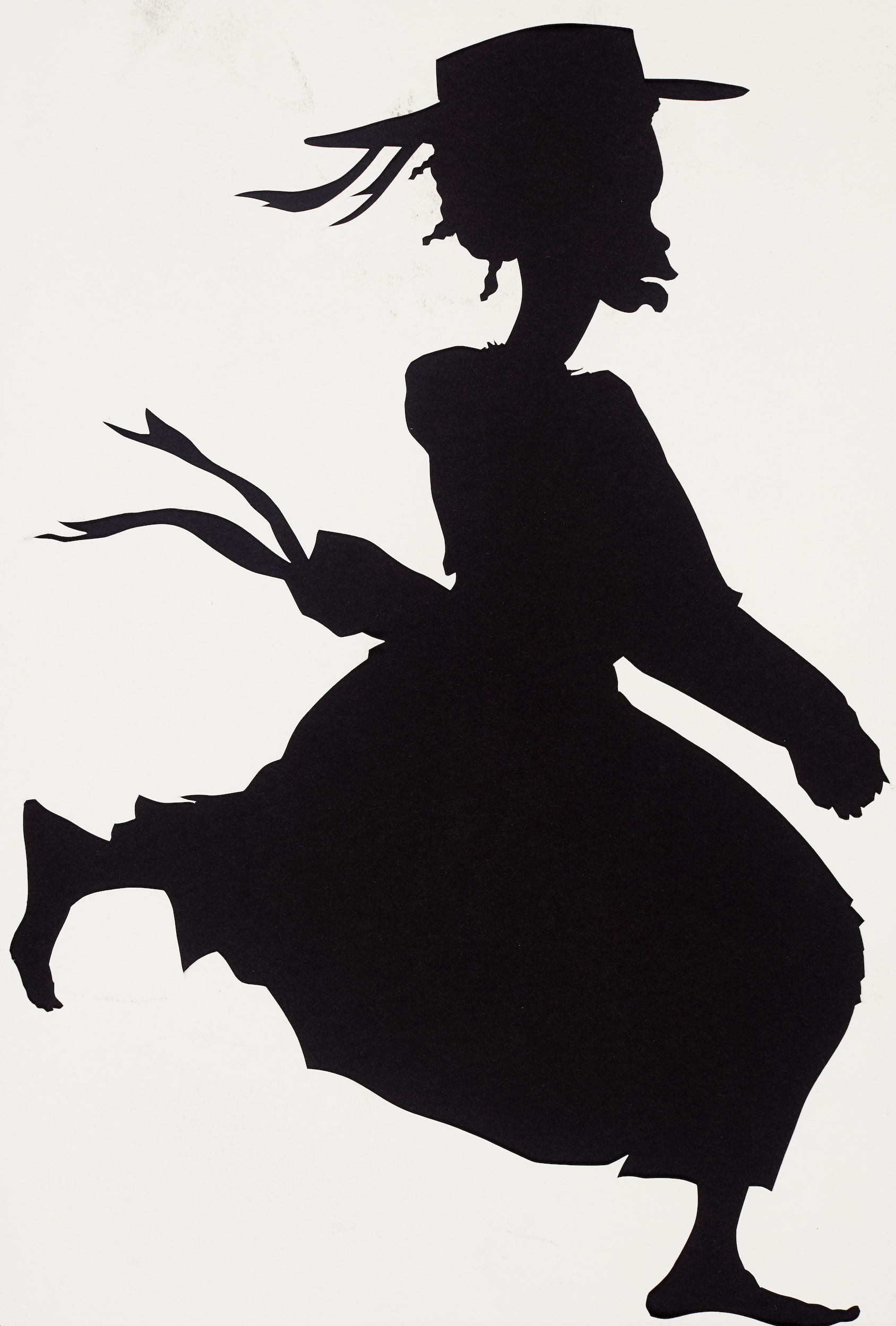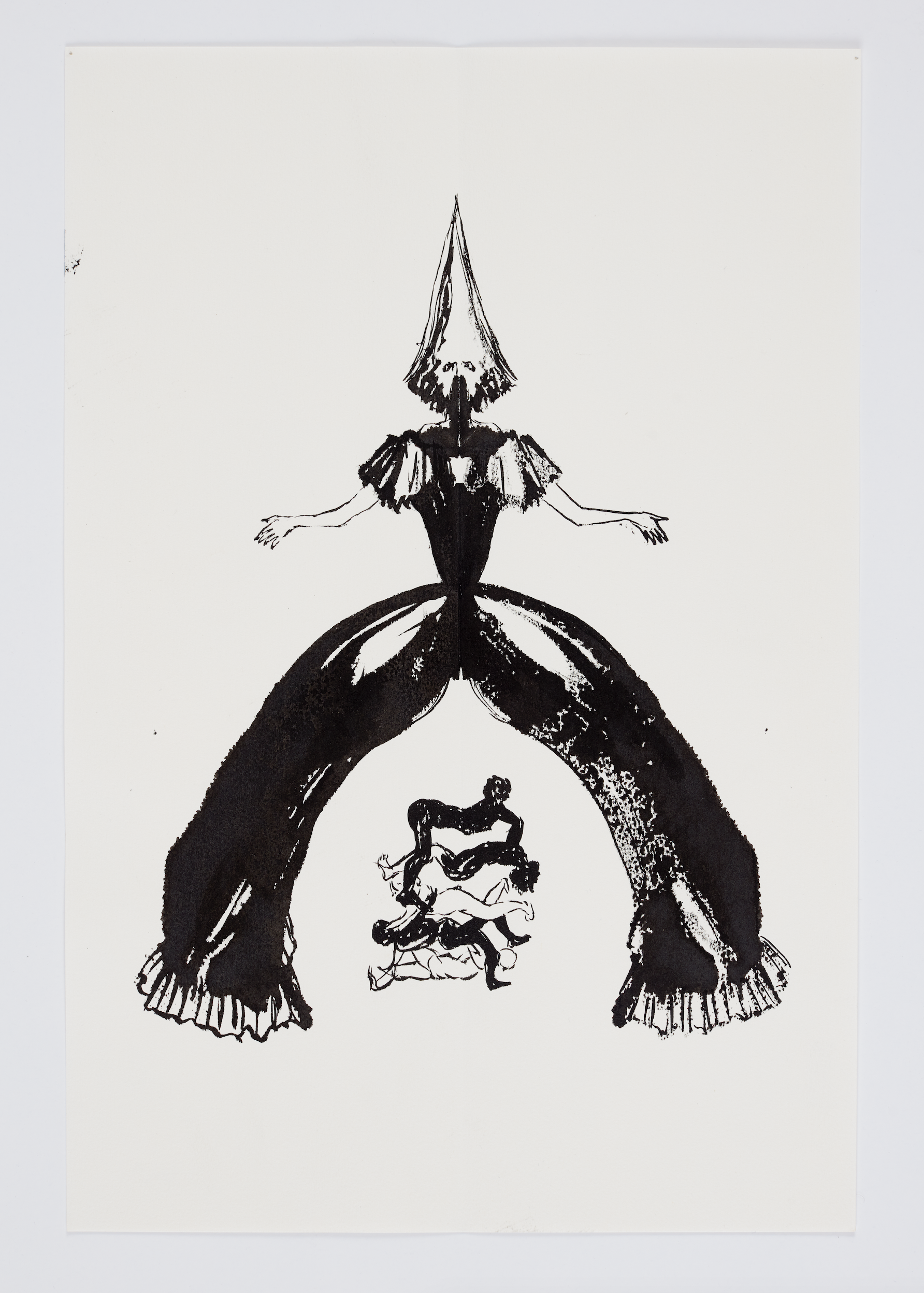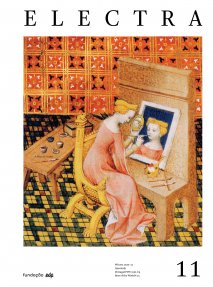Kara Walker is an American painter, silhouettist, printmaker, installation artist and filmmaker. As one of America’s most acclaimed contemporary artists, her work has been widely exhibited at institutions such as the Museum of Modern Art and the Whitney Museum of American Art (both in New York), the MCA (Chicago), and most recently the Tate Modern in London. In June 2021, her upcoming solo exhibition A Black Hole is Everything a Star Longs to Be will show more than 600 of her drawings at the Kunstmuseum, Basel and then travel to the Schirn Kunsthalle in Frankfurt and the De Pont Museum of Contemporary Art in Tilburg, the Netherlands.
Walker’s practice revolves around social and politically charged topics such as race, gender, sexuality, violence and identity. While she first caught the attention of the public with her black cut-paper silhouette figures depicting slavery scenes from the Antebellum South, in the past years her practice has turned from the enigmatic shadows that have pretty much become her trademark towards monumental public art installations.
The most remarkable of these installations is a 23 meter high Black sphinx-like naked figure covered in sugar with the self-explanatory title A Subtlety, Or… the Marvelous Sugar Baby, an Homage to the unpaid and overworked Artisans who have refined our Sweet tastes from the cane fields to the Kitchens of the New World on the Occasion of the demolition of the Domino Sugar Refining Plant (2014). When this piece – commissioned by Creative Time, was shown in the former Domino Sugar Factory in Williamsburg, Brooklyn, the New Yorker critic Hilton Als described it as being an installation coming from the artist’s knowledge that ‘ghosts can hurt you because history does not go away’. However, what Als refers to in relation to this piece captures the essence of Walker’s work in general – it is through constant engagement with the past’s shadows that the artist constructs a historical narrative that cannot but communicate with the present. As the artist has pointed out in interview:








Share article